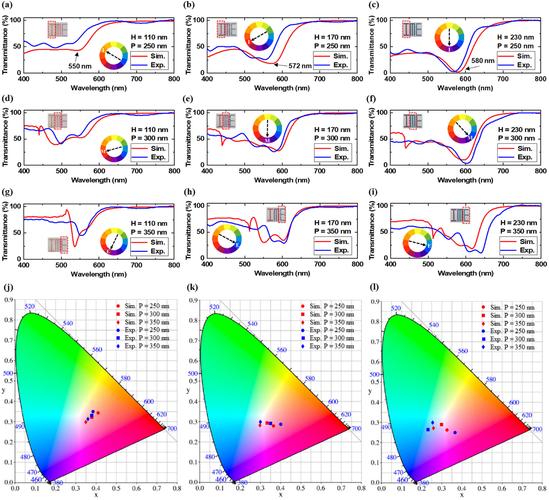Ghosting Issues? A Deep Dive into Portable Monitor Response Times
Ghosting Issues?

If you've noticed blurry trails behind moving objects or smearing during fast-paced action on your portable monitor, you're experiencing ghosting. This comprehensive guide explains what causes it, how to measure it, and most importantly—how to fix or avoid it when choosing your next portable display.
Understanding Response Time
Response time measures how quickly a pixel can change from one color to another, typically measured in milliseconds (ms). There are two key measurements:
GtG (Gray-to-Gray)
The time it takes for a pixel to transition between shades of gray. Most manufacturers advertise this number.
MPRT (Moving Picture Response Time)
Measures perceived blur during motion, which combines pixel response and sample-and-hold effects.
Key Insight: A monitor with 1ms GtG might still show ghosting if its MPRT is high, because GtG only measures the best-case scenario between two similar colors.
How Response Time Affects Ghosting
When pixels can't keep up with rapid changes, they leave behind visible artifacts:
| Response Time | Ghosting Visibility | Recommended Use |
|---|---|---|
| <1ms | Virtually none | Competitive gaming |
| 1-3ms | Minimal | Casual gaming, video editing |
| 4-8ms | Noticeable in fast motion | Office work, media consumption |
| >8ms | Severe ghosting | Avoid for dynamic content |

Panel Technology Matters
Different panel types have inherent response characteristics:
IPS Panels
Typical Response: 4-8ms GtG
Most portable monitors use IPS for its color accuracy and viewing angles, but response times lag behind other technologies. Newer "Fast IPS" variants can reach 1-3ms.
OLED Panels
Typical Response: 0.1-1ms GtG
OLED's near-instantaneous pixel response virtually eliminates ghosting, making it ideal for gaming. However, portable OLED monitors remain rare and expensive.
TN Panels
Typical Response: 1-3ms GtG
While fast, TN's poor color reproduction and viewing angles make them uncommon in portable monitors today.
Testing Your Portable Monitor
Manufacturer specs don't always reflect real-world performance. Here's how to test ghosting yourself:
1. UFO Test
Visit testufo.com and run the ghosting test. Look for:
- Clear separation between UFOs (good)
- Smearing trails behind UFOs (bad)
2. Scroll Test
Scroll through text-heavy pages quickly. Good monitors will keep text legible, while slow ones will blur.
3. Game Motion Test
Play a fast-paced game or watch sports. Pay attention to:
- Edge clarity during camera pans
- Artifacts behind moving objects
Pro Tip: Many monitors have "overdrive" settings that can reduce ghosting, but setting it too high can cause inverse ghosting (coronas). Test different levels.
Best Portable Monitors for Minimal Ghosting
| Model | Panel Type | Response Time | Refresh Rate | Best For |
|---|---|---|---|---|
| ASUS ROG Strix XG17AHP | IPS | 3ms | 240Hz | Esports gaming |
| Lenovo Legion M14t | OLED | 0.5ms | 144Hz | Content creation |
| ViewSonic TD1655 | IPS | 5ms | 60Hz | General use |
| Razer Blade 15 Studio | OLED | 1ms | 120Hz | Professional video |
Future of Portable Monitor Response Times
Emerging technologies promise better performance:
- Mini-LED backlighting: Improves contrast without sacrificing response
- New OLED variants: More affordable and durable OLED options
- Advanced overdrive: Smarter algorithms that adapt to content
- Higher refresh rates: 360Hz+ portable monitors in development
When choosing your next portable monitor, consider both the advertised response time and real-world reviews. While specs matter, your eyes are the ultimate judge of ghosting performance.



Leave a comment
This site is protected by hCaptcha and the hCaptcha Privacy Policy and Terms of Service apply.